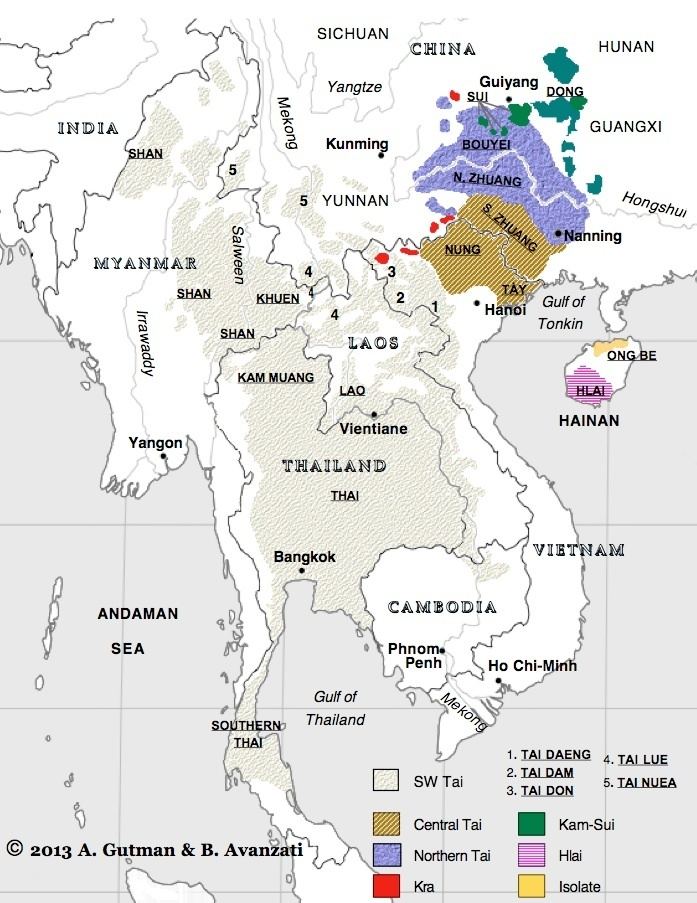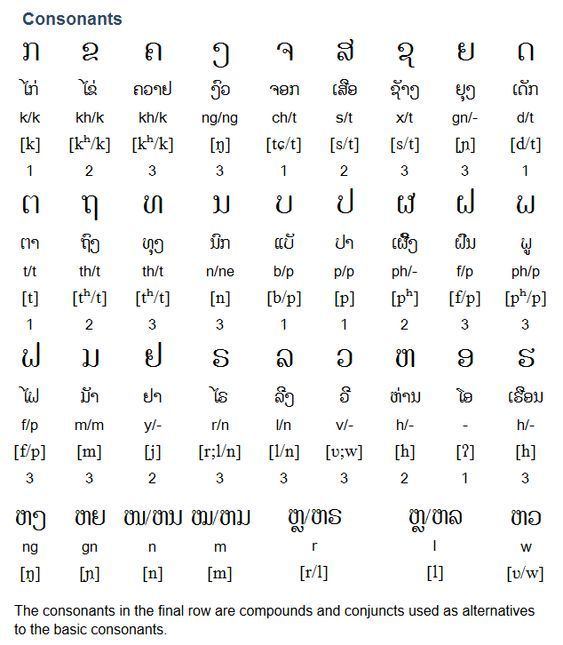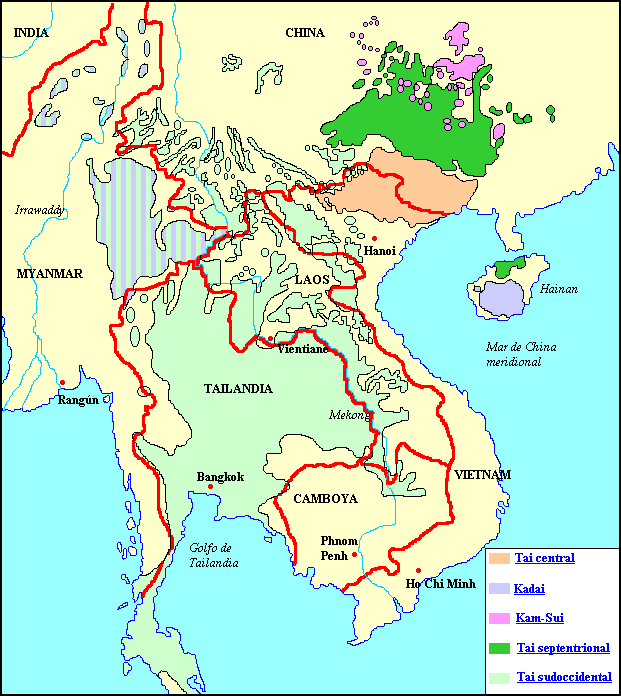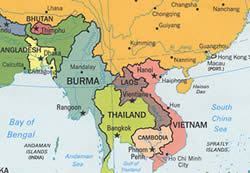ISO 639-2 / 5 tai | Glottolog taik1256 | |
 | ||
Geographicdistribution Southern China, Hainan,Indochina, Northeast India Linguistic classification One of the world's primary language families Subdivisions KraKam–SuiOng BeHlaiTai (Zhuang–Tai) Ethnicity Daic people Geographic Southern China, Hainan Island Geographic distribution Southern China, Hainan Island Proto-language Proto-Kra–Dai Subdivisions Kra, Kam–Sui, Lakkia, Biao, Be, Tai, Hlai Glottolog taik1256 Similar Austroasiatic languages, Dravidian languages, Sino Tibetan languages | ||
The Tai–Kadai languages, also known as Kra–Dai, Daic, and Kadai, are a language family of highly tonal languages found in southern China, northeast India and Southeast Asia. They include Thai and Lao, the national languages of Thailand and Laos respectively. There are nearly 100 million speakers of these languages in the world. Ethnologue lists 95 languages in this family, with 62 of these being in the Tai branch.
Contents

The diversity of the Tai–Kadai languages in southeastern China, especially in Guizhou and Hainan, suggests that this is close to their homeland. The Tai branch moved south into Southeast Asia only about a thousand years ago, founding the nations that later became Thailand and Laos in what had been Austroasiatic territory.

The name "Tai–Kadai" is controversial, and arguments have been made that it should be replaced. The name comes from an obsolete bifurcation of the family into two branches, Tai and Kadai (all else). Yet the name Kadai suggests that it includes Tai, and as such is sometimes used to refer to the entire family. On the other hand, some references restrict the usage of "Kadai" to the Kra branch of the family, for which the name Kra suffices. The replacement name Kra–Dai has been suggested, as Kra and Dai are two large and well-established subgroups that are on different sides of a major historical split. The name Kra–Dai has since been adopted in several major scholarly works on the family.

Internal classification
Tai–Kadai consists of five well established branches, Hlai, Kra, Kam–Sui, Tai, and the Ong Be language:


In 1942, Paul K. Benedict placed three Kra languages (Gelao, Laqua and Lachi) together with Hlai in a group for which he coined the name "Kadai", from ka meaning "person" in Gelao and Laqua, and Dai, a form of a Hlai autonym. He further proposed a genetic grouping of Tai, Kadai and Malayo-Polynesian.
Edmondson and Solnit
An early but influential classification, with the traditional Kam–Tai clade, was Edmondson and Solnit's classification from 1988:

This classification is used by Ethnologue, though by 2009 Lakkja was made a third branch of Kam–Tai and Biao was moved into Kam–Sui.
Ostapirat
Based on the large amount of vocabulary they share, the Kam–Sui, Be, and Tai branches are often classified together. (See Kam–Tai.) However, Weera Ostapirat believes this is negative evidence, possibly due to lexical replacement in the other branches. He also claims that morphological similarities suggest instead that Kra and Kam–Sui be grouped together as Northern Kra–Dai on the one hand, and Hlai with Tai as Southern Kra–Dai on the other. The position of Ong Be in Ostapirat's proposal is undetermined. Note that Ostapirat prefers to use the name Kra–Dai to Tai–Kadai, which he argues to be obsolete.
Norquest
Norquest (2007) accepts this distinction, and adds the difficult Lakkja and Ong Be in his classification. However, he states that Lakkja may turn out to be Kam–Sui, and Be may be Tai, specifically one of the Northern Tai languages but divergent due to contact with other languages on Hainan. Following Ostapirat, Norquest adopts the name Kra–Dai for the family as a whole.
